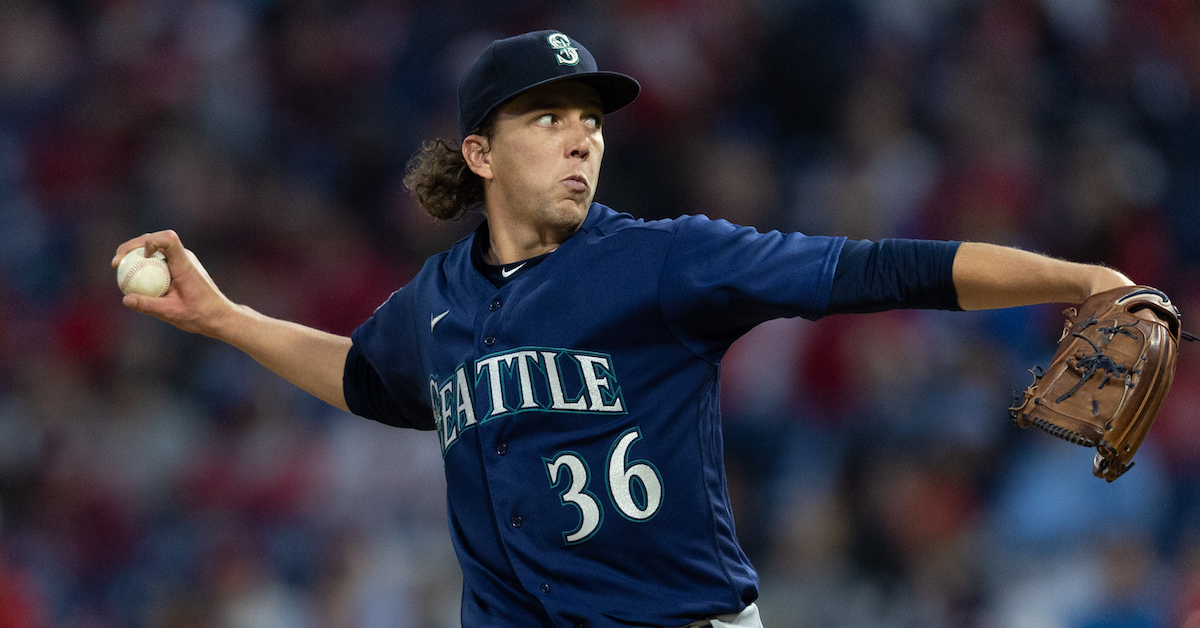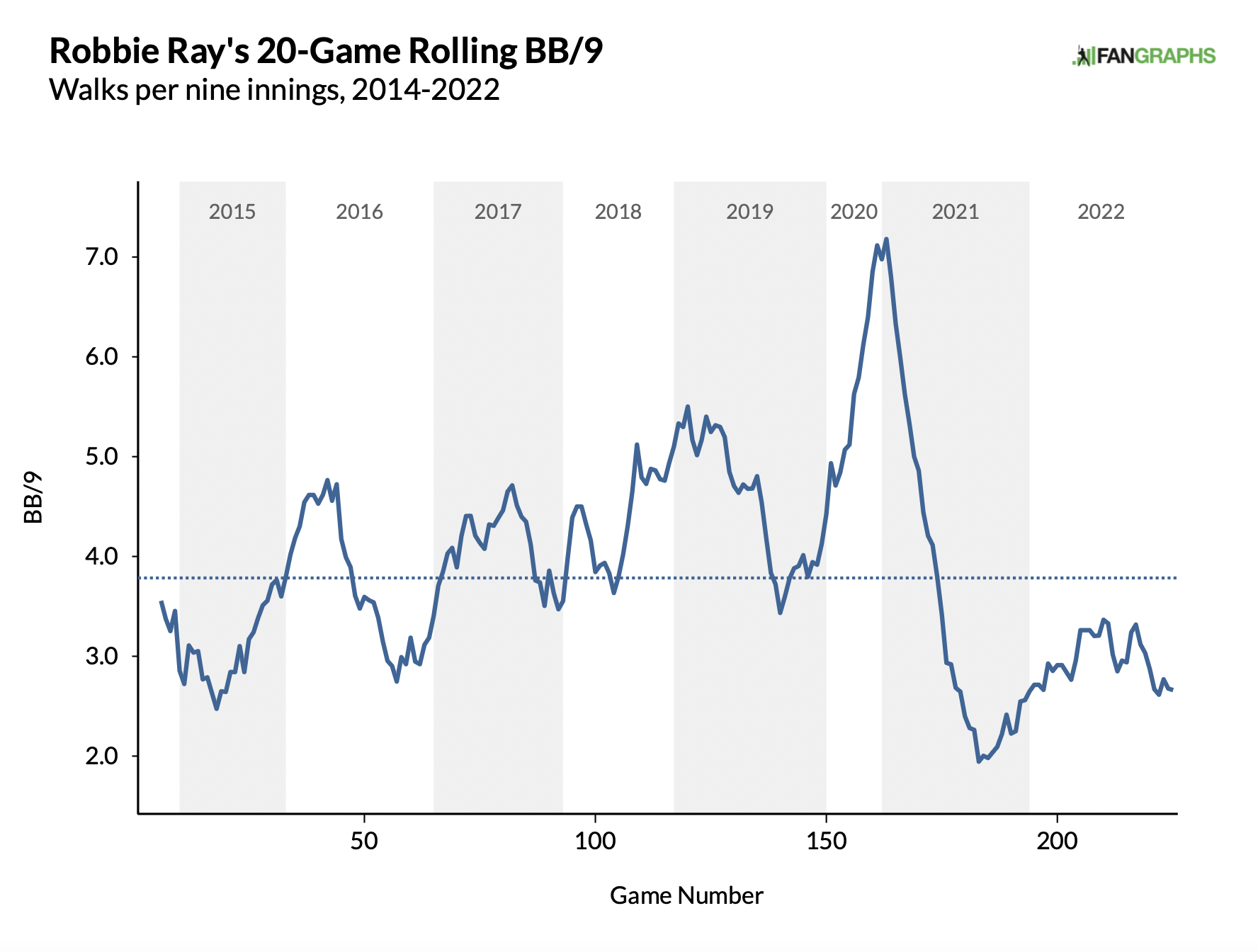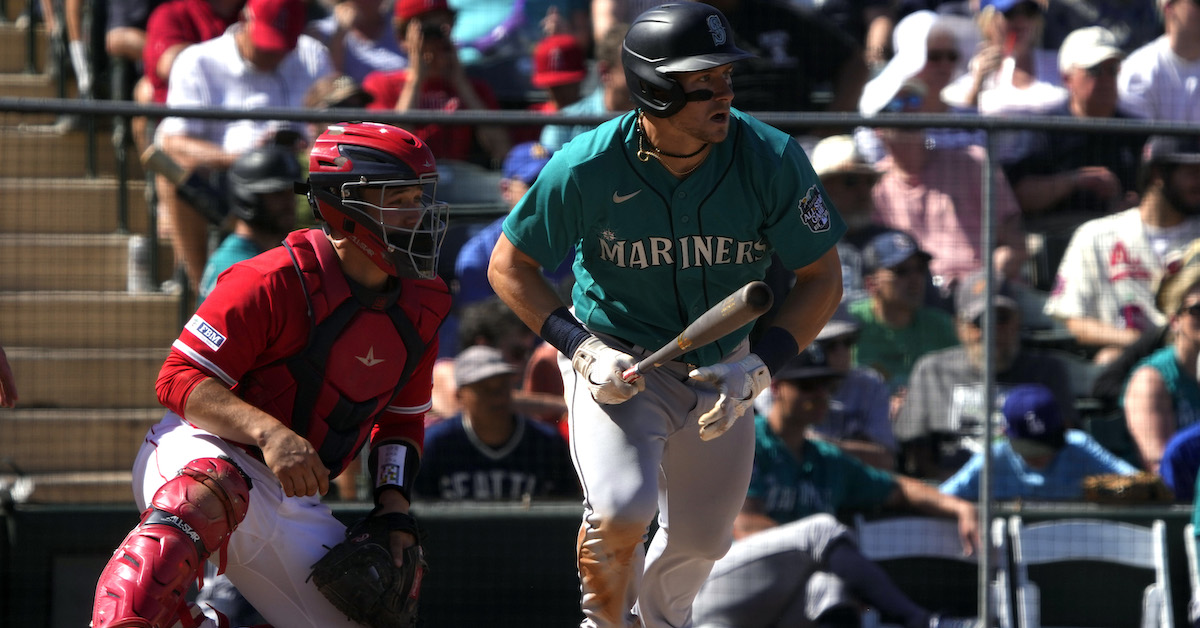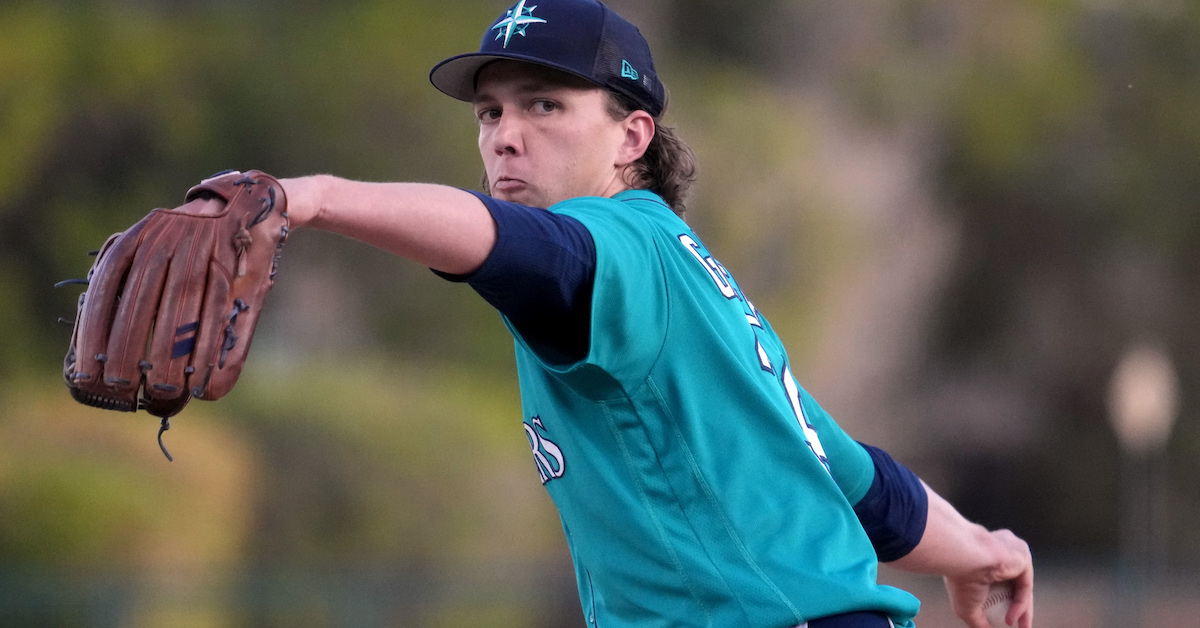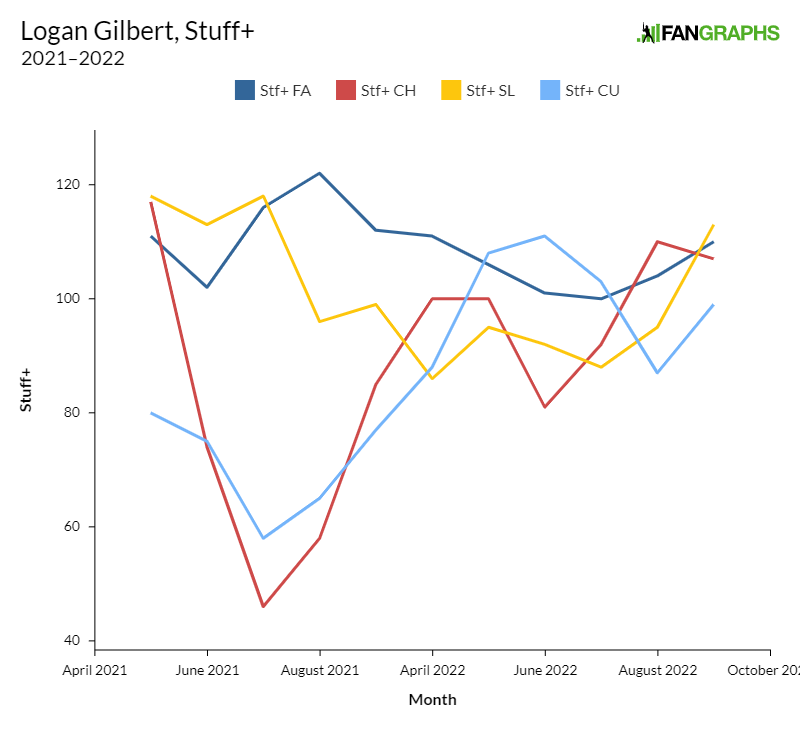The Mariners Graduated Another Pair of Impact Starters
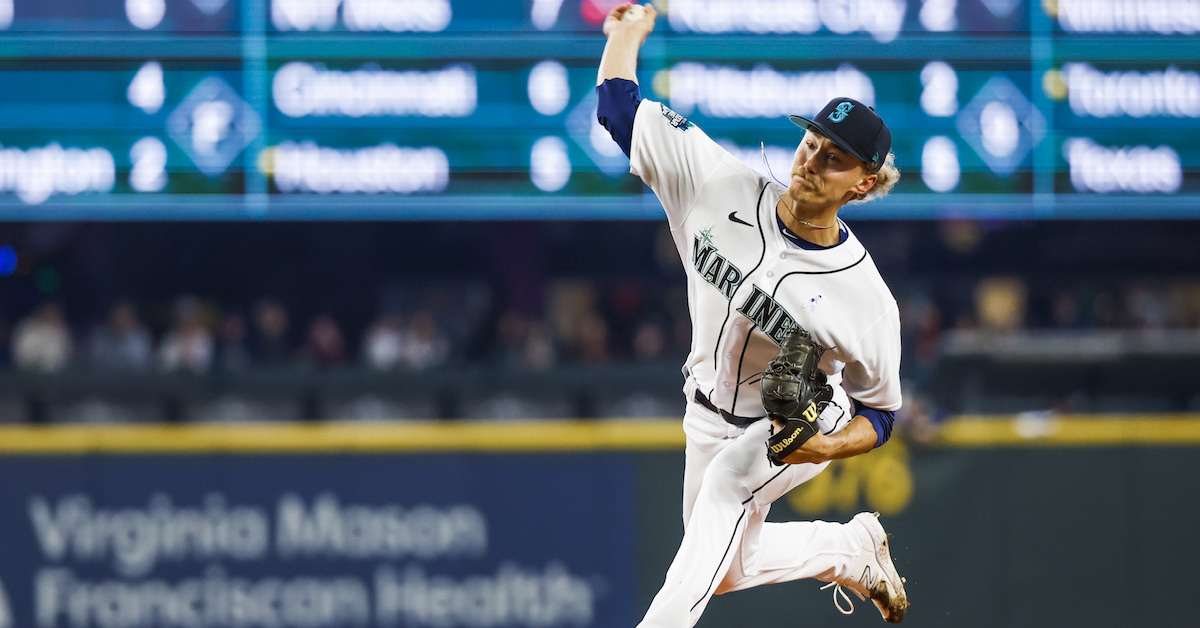
In 2021, the Mariners called up Logan Gilbert, their no. 3 prospect at the time; he has compiled a tidy 7.0 WAR across nearly 400 innings over the last three years. Last year, the Mariners called up George Kirby, their no. 3 prospect at the time; he was a key member of the rotation that helped break Seattle’s two-decade-long postseason drought. With Luis Castillo joining the rotation at the trade deadline last season and then signing a five-year extension in September, Robbie Ray heading into the second year of his five-year deal he signed prior to the 2022 season, and Marco Gonzales eating innings at the back of the rotation, Seattle entered this season with a starting five that appeared to be the biggest strength on the roster.
Things haven’t gone exactly according to plan. Ray injured his elbow in his first start of the season and underwent season-ending Tommy John surgery in early May; Gonzales has been out since late May with his own elbow issues. But despite losing two members of the Opening Day rotation, the Mariners have barely skipped a beat, thanks to the efforts of two more top prospects who have graduated to the majors this year: Bryce Miller and Bryan Woo. Seattle’s starters have the fourth best park- and league-adjusted FIP in the majors, and a park- and league-adjusted strikeout-to-walk ratio that ranks inside the top 20 among all 300 team seasons over the last decade. Only the Twins are outpacing them in those two categories in the American League.
After trying to fill Ray’s spot with a combination of Chris Flexen, Tommy Milone, and Easton McGee, the Mariners called up Miller on May 2 to make his debut against the light-hitting Athletics. He dazzled across six innings, allowing just two baserunners and one run and striking out ten. Across his first five starts in the majors, he allowed just 17 baserunners total, giving him the lowest WHIP (0.51) through a pitcher’s first five career starts in MLB history. A rough pair of outings against the Yankees and Rangers have been the lone blemish on Miller’s ledger; he’s bounced back with three excellent starts since then. Overall, he’s compiled a 3.88 ERA and a 3.36 FIP with a fantastic 4.45 strikeout-to-walk ratio.
As soon as Gonzales hit the IL with his injury, the Mariners quickly turned to another one of their youngsters. Woo made his debut on June 3, though his introduction to the big leagues did not go as well as Miller’s; given the assignment of slowing down the Rangers’ high-powered offense, he lasted just two innings, allowing six runs on seven hits and striking out four. He’s been much better over his last four starts, allowing just six runs total and posting a 5.60 strikeout-to-walk ratio. If you lower the bar far enough, Woo has the fourth-highest strikeout rate among all starters with at least 20 innings pitched this year. Read the rest of this entry »



